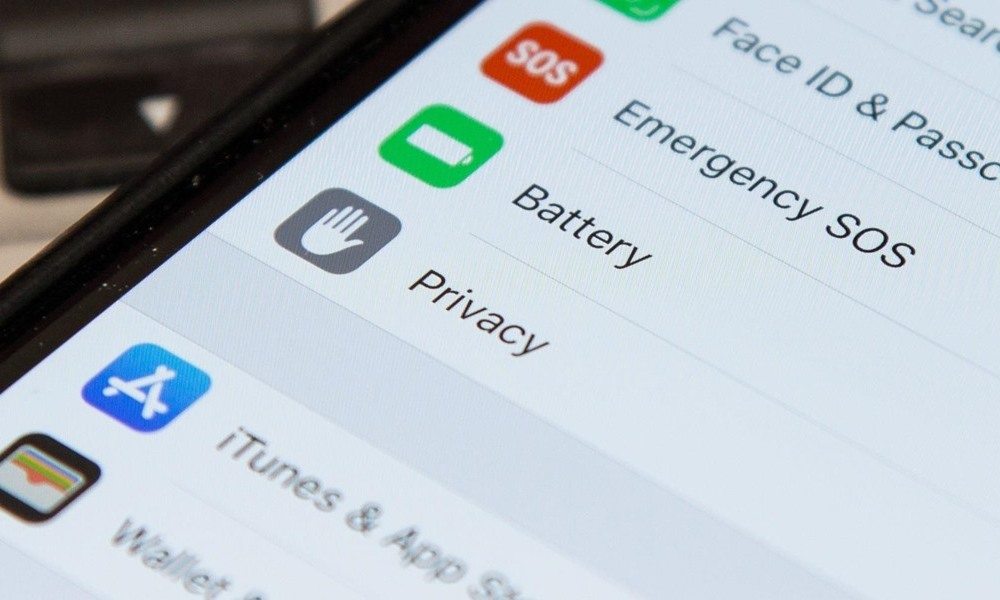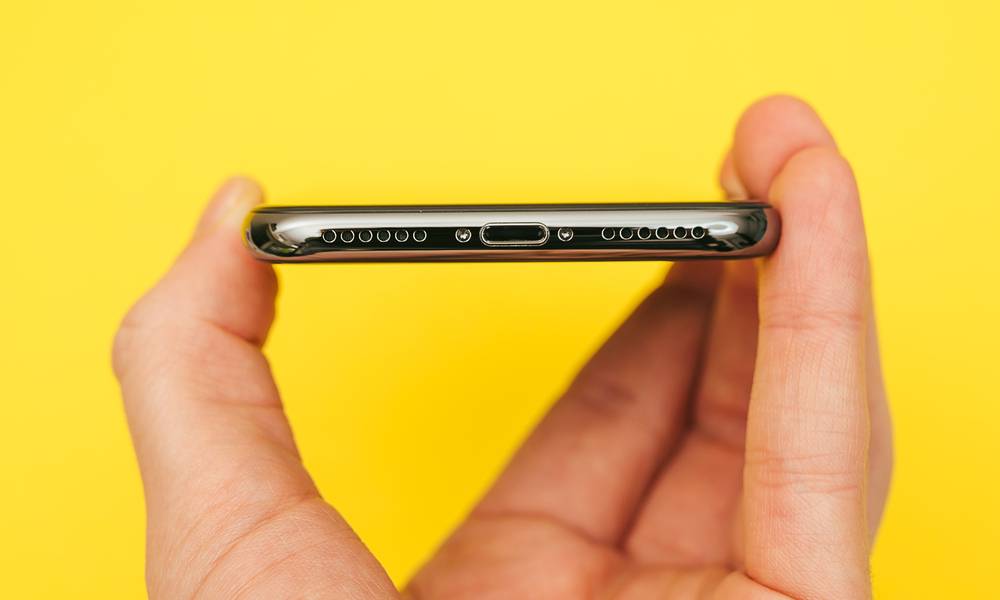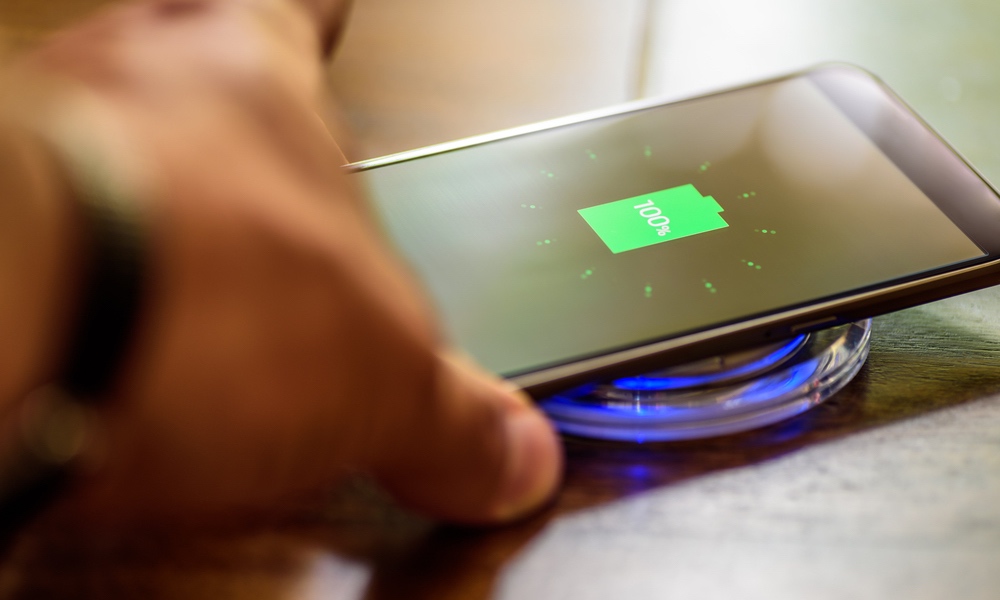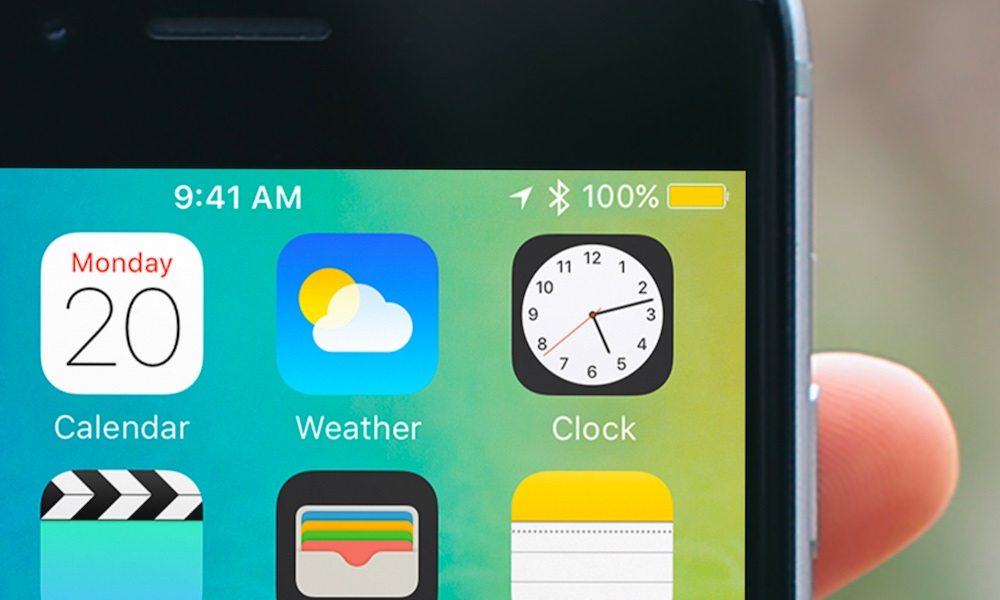6 Facts You May Not Know About Your iPhone’s Battery
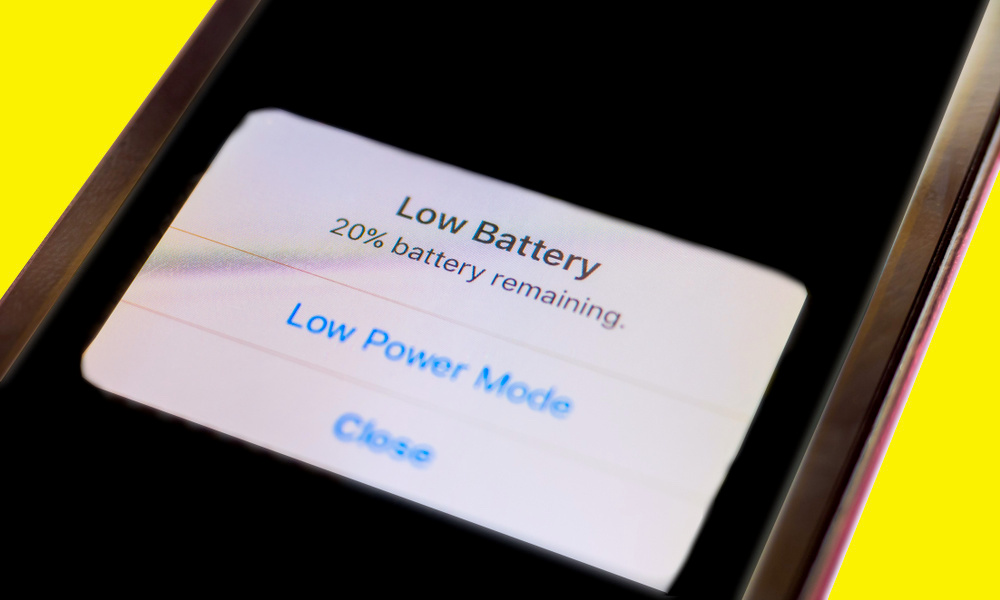 Credit: boyhey / Shutterstock
Credit: boyhey / Shutterstock
The majority of iPhone users know a few things about their batteries: you charge them up, they run out of juice, and they get worse over time (sometimes, disappointingly fast). And that's enough for many users. But if you want to dig deeper, there are interesting facts about iPhone batteries that will teach you more about how they work – and how you can manage your battery in the most efficient way possible. Continue reading to learn 6 Facts You May Not Know About Your iPhone's Battery.
iPhone Batteries Are Two-Stage Lithium-ion Models
The vast majority of batteries in mobile devices are lithium-ion models, so this part isn't so surprising. Li-on batteries are simply the most efficient type of chemical batteries available. Apple uses an advanced type with two different charging stages. The first is a fast charge stage that quickly charges the battery during the 0 – 80% charge phase. The second is a slower, trickling charge from 80% to 100%. This helps keep the battery safe and efficient for as long as possible.
Lithium-ion Batteries Do Age Through Charge Cycles
Today's lithium-ion batteries are more efficient than you might expect. Some of the old beliefs about these batteries, like, "Always let your battery run down to a full discharge before charging" just aren't true anymore. However, there is one thing that will always age an iPhone battery: completing a charge cycle, or using an equivalent of 100% of the battery's power, and then recharging that power to 100%.
Over time, use degrades the chemical composition of the battery in small ways, which leads to what we think of as battery aging. iPhone batteries are designed to maintain at least 80% of their charge capacity for as long as possible, currently up to around 500 cycles, but charge cycles always take their toll. There isn't a way around that either, other than using your iPhone less and ultimately charging it less often.
Apple Means Different Things By "Life" and "Lifespan"
Here's a tip when looking up battery stats. Apple means something very different by "life" vs. lifespan" when talking about iPhone batteries (and this definition is used by many other manufacturers as well).
- When the company talks about life, it means how long the device can operate on battery power without shutting down and needing a recharge – 10 hours, 15 hours, etc.
- When Apple mentions lifespan, it means how long the battery itself can last before you need to replace it entirely.
The Battery Is Vulnerable When Charging
When you're charging an iPhone battery, it depends on a certain quality of charge during the process – a reliable flow of power. This is particularly affected by temperatures, especially low temperatures that can affect charging equipment and the charging process by slowing them down. This can cause permanent damage to your battery over time.
Try to avoid charging your battery in a cold environment, especially in a place that has reached below freezing / 32 degrees Fahrenheit. That's a recipe for a short battery lifespan and battery replacements.
Your Battery Stops the Current When It's Done Charging
Contrary to some beliefs, you can't overcharge your iPhone and deal damage to the battery. Leaving it charging overnight, or charging on a wireless pad, is totally fine.
Today's iPhone batteries are built to know exactly when the battery has reached 100% charge, and halt the charging process after that, even when your charging device is still plugged in. There's nothing to worry about, as long as you have an authorized charging cable and not a fake.
Battery Impedance Is Your Worst Enemy
So, what exactly happens when a battery gets older. Well, its impedance increases – a combination of resistance and other important chemical factors that affect how easily the battery can transfer current over to the iPhone's other hardware. As the battery struggles to transfer power, voltage drops and the battery may, eventually, even endanger the phone.
However, Apple has designed iOS to be aware of battery impedance and bring up notifications if it looks like a battery is dying. iOS is also designed to mitigate current and software operation when it looks like the battery is in trouble – which has had unpleasant ramifications, like the iPhone slow down scandal that caused Apple to drop all its battery replacement costs.
You can have your iPhone tested at an Apple Store and choose to have it replaced at any time, which may be especially worth it if you have charged 500 cycles or more. Check your iPhone battery's health in Settings > Battery > Battery Health.



